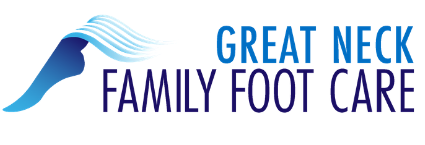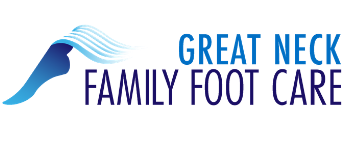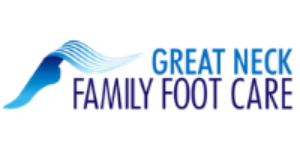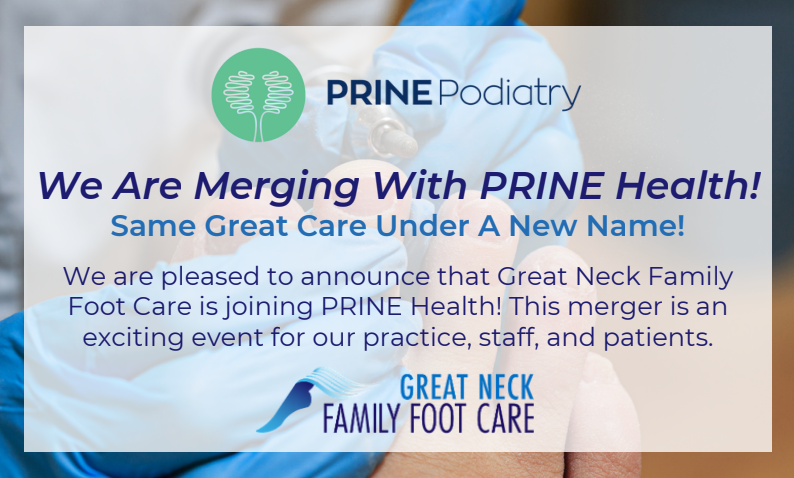19 Jun Foot Pain On Long Island : A Princesses Guide
Foot Pain On Long Island: A Princesses Guide
On Long Island the only thing that seems to be approaching the heights of our taxes are the heights of our ladies heels and the foot pain that goes along with it. This fashion trend which certainly is not new, has certainly risen to new “heights” with the onslaught of attention from the fashionistas on reality television and their love of these foot accessories. Unfortunately these also come with some foot pain.

So these shoes make you look slim, give you the appearance of nice long legs, accentuate the Boot-tay, and finish of an outfit that is FAB-U-LOUS, so why do they have to hurt so much ? For that answer we have to look at the abnormal foot biomechanics that they set-up. I know what you are thinking here comes another podiatrist bashing and trash talking my Manolos, but that is not what this post is about. Rather this article on biomechanics of the foot and leg is aimed at telling you how the Pump, gives you the look you so desire, (I mean even Cinderella’s Godmother knew the benefits) but at the same time educating you on why you may be experiencing some of the effects of a poorly designed while still beautiful shoe.
So as you know the high heel place the wearer in a position of permanent down hill standing (Plantarflexion) while they are on as well as squeezing the toes into a narrower position to give the women the “Toe-Clevage” they desire. This foot pain position only allows the ball of the foot (Metatarsal heads) and the center of the heel to bare the entire load of the body. The entire midfoot is often completely off weight giving a non anatomic weight distribution through the foot and most specifically the plantar fascia which often leads to a painful condition known as Plantar fasciitis (Heel Spur Syndrome) one of the most common foot pain that we see. Since the entire foot and body is leaning forward up to 90% of the body weight is now resting on the ball of the foot and causes undue stress to the muscles and ligaments that stabilize and run through this area. This often leads to bursitis, hammertoes and neuromas. Moving to the rear of the foot pain in high heels is also a function of the shortening of the Achilles tendon and calf muscles, leading to a condition known as equinus. (Yes this is the position that gives you that nice toned and tightened calf, that is so coveted.) This plantar-flexed foot puts the ankle in a very unstable and accident prone attitude. As a by product though of this unstable position the buttocks and chest are forced out to compensate for the change in center of gravity. (And yes gives you that shape many men and women are looking for).

Wearing high heels not only causes changes in your body position and posture but has significant effect on the gait cycle, the way a body ambulates or moves of the foot while walking. All three phases of the gait cycle are affected, heel strike, mid stance and toe off. The changes in the gait cycle increase ground reaction forces through the foot, ankle, leg, knee, and spine. These forces are normal relieved and translated through the foot during the mid stance phase which is essentially eliminated do to the plantarflexed position of the foot as described previously. Finally due to the restrictive nature at the toe which affects propulsion, and the entire gait cycle is shortened resulting in the need for more steps and having the foot impact the ground more often.
So this article is not to encourage you to give up your favorite shoes, I would never dream of that, as during the course of my work week I encounter many of my Long Island Princesses, with foot pain who would give up chewing food before their Jimmy Choos. It ismerely to help answer some of the questions that come up during the day, and hopefully have you thinking about where some of your pain is stemming from.
If you are experiencing pain, there are several inserts (Orthotics) that can be fashioned to fit into high fashion shoes, to help redistribute the forces that we have mentioned above. In other cases where the skin of the foot has become inflamed or thickened, or where a bursitis, hammertoe or bunion has developed, some small in office procedures can get you back enjoying the things you love, including your pumps.





Sorry, the comment form is closed at this time.